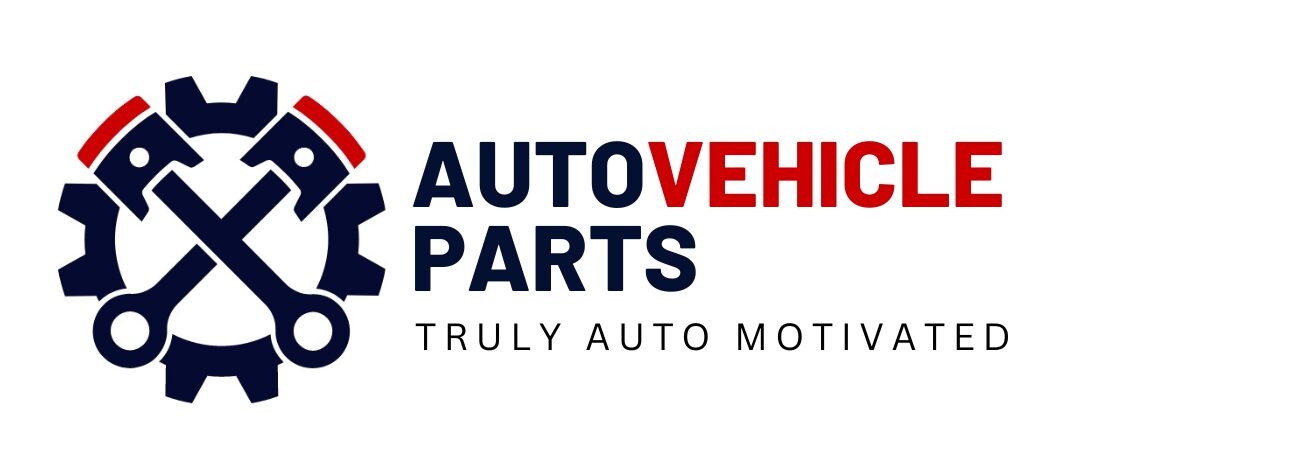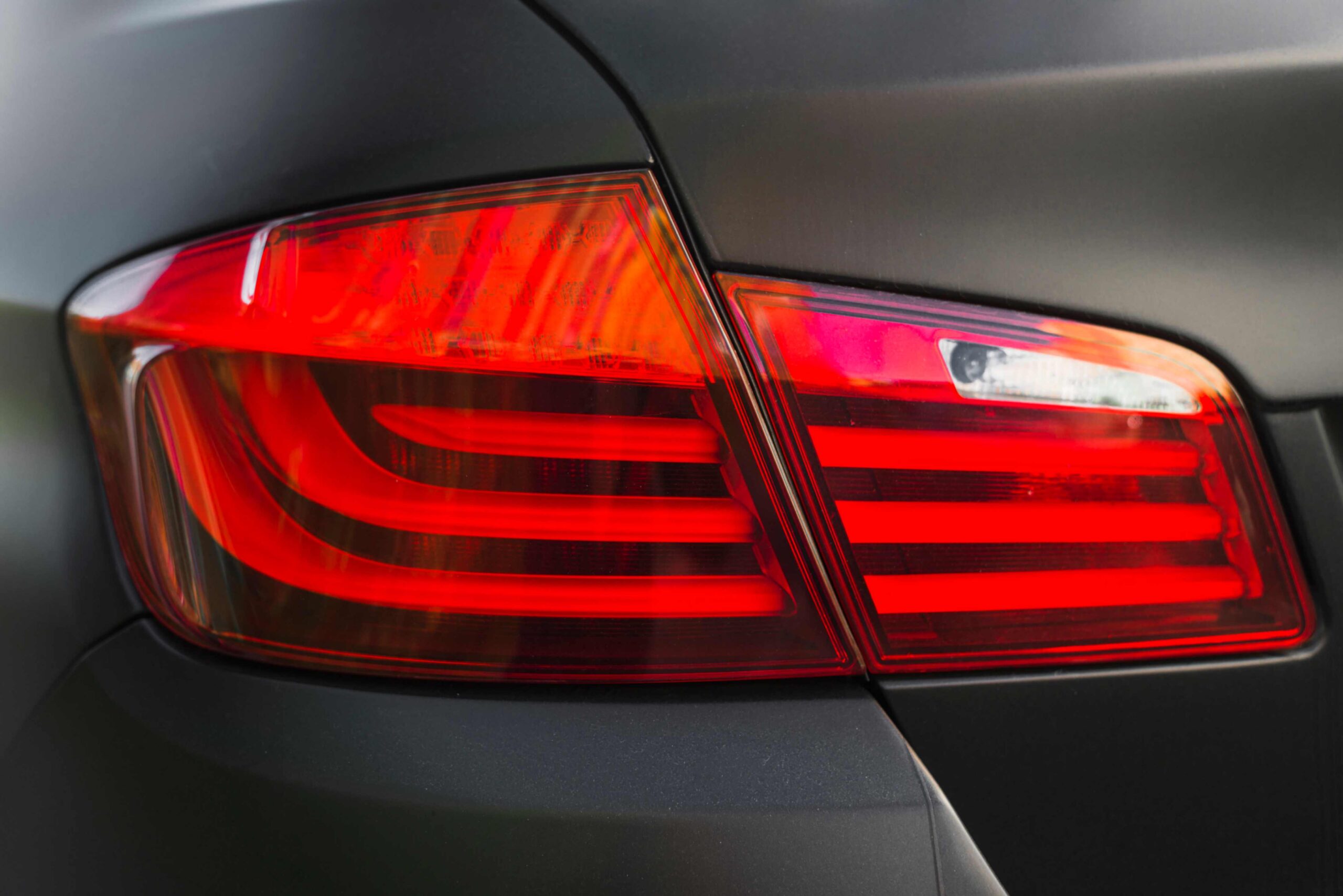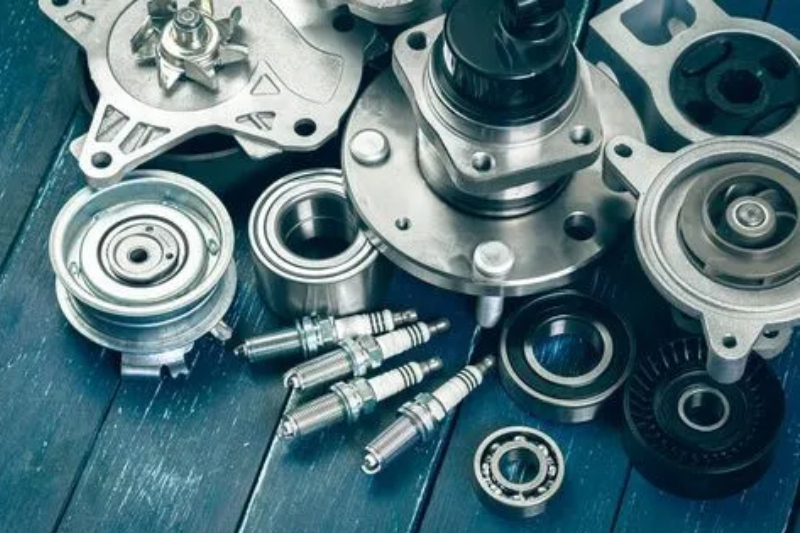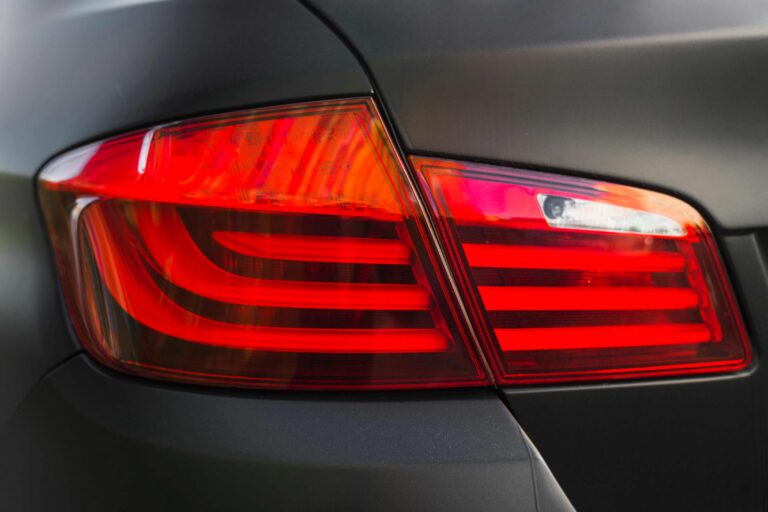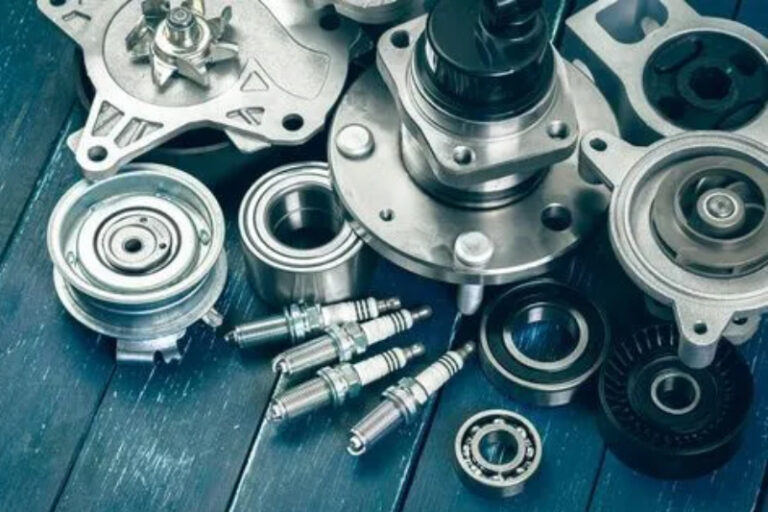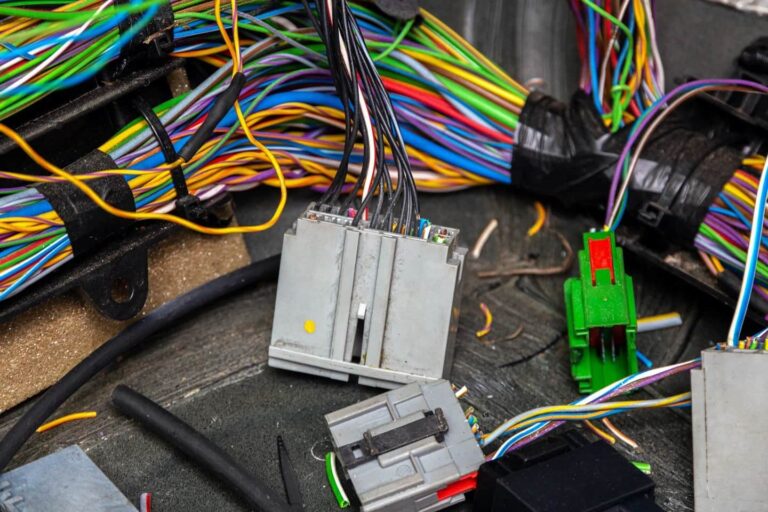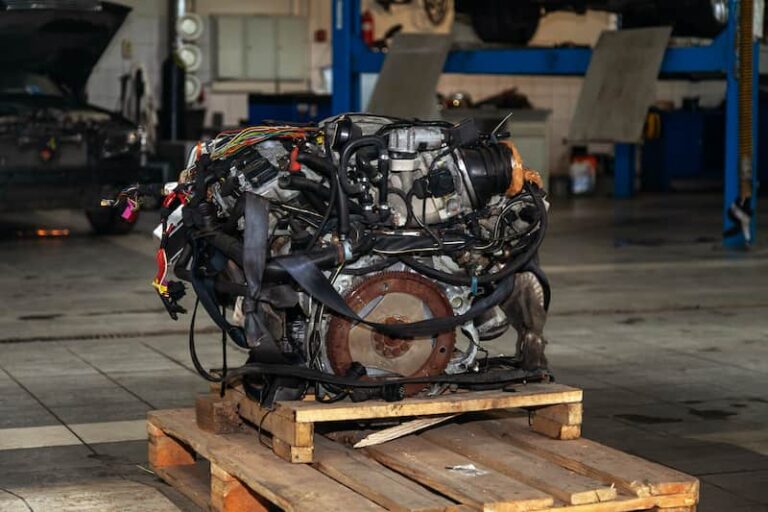If your car’s check engine light is on and the diagnostic scan shows a P0420 code, it’s time to pay attention. The P0420 trouble code refers to a Catalyst System Efficiency Below Threshold (Bank 1) – a common yet frustrating issue that indicates your catalytic converter isn’t performing as it should. While the problem may sound complicated, understanding what causes it and how to fix it can save you from expensive repairs.
The catalytic converter is one of the most vital components of your car’s exhaust system. It helps reduce harmful emissions by converting toxic gases into less harmful ones before they exit the tailpipe. When the converter isn’t working efficiently, your car not only pollutes more but also risks failing emissions tests and suffering performance issues.
Let’s explore in detail what the P0420 code means, its causes, and the steps to fix it.
What Does Code P0420 Mean?
P0420 is a generic OBD-II trouble code that indicates the catalytic converter is not functioning at the required efficiency level. This code specifically relates to Bank 1, which refers to the side of the engine that contains cylinder number one.
Your vehicle’s Powertrain Control Module (PCM) monitors the efficiency of the catalytic converter using two oxygen sensors (O2 sensors). One is located upstream (before the catalytic converter), and the other is downstream (after the converter).
When the catalytic converter is working correctly, the upstream sensor’s readings fluctuate as it monitors exhaust gases, while the downstream sensor should remain relatively stable. If the PCM detects that the downstream sensor’s readings are too similar to the upstream one, it means the converter isn’t filtering exhaust gases effectively – triggering the P0420 code and turning on the Check Engine Light.
Common Causes of Code P0420
Several underlying issues can trigger a P0420 error. Some are simple, while others require deeper diagnosis. Here are the most common causes:
- Faulty catalytic converter (most common cause)
- Leaky exhaust manifold or damaged muffler
- Oil or coolant contamination in the converter
- Damaged or loose O2 sensors
- Faulty engine coolant temperature sensor
- Incorrect air-fuel ratio or engine misfires
- Wiring issues related to oxygen sensors
- Clogged or damaged fuel injectors
- Poor-quality fuel or contamination
Even a minor exhaust leak can cause false readings and trigger a P0420 code. That’s why a proper inspection is crucial before replacing any major components.
Symptoms of P0420 Code
While the P0420 code itself doesn’t always affect how your car drives, ignoring it can cause long-term damage. Here are some signs to watch out for:
- Check Engine Light illuminated
- Reduced fuel efficiency
- Sulfur or rotten egg smell from the exhaust
- Sluggish engine performance
- Difficulty accelerating
- Rattling noises from under the vehicle (if the converter is damaged)
If you notice any of these symptoms, it’s best to run a diagnostic scan immediately.
How a Mechanic Diagnoses Code P0420
Diagnosing the P0420 code requires both experience and the right tools. Here’s how a professional mechanic typically approaches the issue:
- Connect an OBD-II scanner to retrieve all stored codes and freeze-frame data.
- Inspect the upstream and downstream O2 sensors for proper operation. The downstream sensor’s voltage should remain steady.
- Check for exhaust leaks between the engine and catalytic converter.
- Inspect wiring connections to both oxygen sensors.
- Check for additional codes like misfires, fuel trim issues, or temperature sensor faults.
- Test the catalytic converter’s efficiency using live data from the O2 sensors.
- Verify PCM software updates – sometimes a simple software reflash can fix false readings.
Mechanics often recommend checking all possible causes before replacing the catalytic converter, as it’s one of the most expensive exhaust components.
How Serious Is the P0420 Code?
While a P0420 code might not cause immediate driving problems, it’s not something to ignore. Over time, a failing catalytic converter can cause engine misfires, overheating, and poor performance.
Additionally, your vehicle will likely fail emissions tests, making it illegal to drive in some regions. In severe cases, an overheating converter can even pose a fire hazard.
Addressing the issue early can prevent more costly repairs to the engine or exhaust system later.
How to Fix Code P0420
There are several potential fixes for a P0420 code, depending on the cause. Below are common repair methods:
- Check for Exhaust Leaks
A small leak before the catalytic converter can throw off oxygen readings. Repair or replace leaking sections of the exhaust manifold, muffler, or gaskets. - Replace the Oxygen Sensors
If the O2 sensors are worn out or giving false readings, replacing them may resolve the issue. Always use high-quality sensors from reputable brands. - Clean the Catalytic Converter
Try running a catalytic converter cleaner through the fuel system to remove carbon buildup. This method is cost-effective and sometimes restores converter efficiency. - Replace the Catalytic Converter
If cleaning doesn’t help and the converter is internally damaged, replacement is the only solution. Opt for an OEM-quality converter, as cheap aftermarket ones often fail quickly. - Address Related Engine Issues
Fix misfires, oil leaks, or rich fuel mixture problems first. Installing a new converter without solving the underlying cause will only lead to another failure. - Update or Reflash the PCM
In some vehicles, outdated PCM software can misinterpret sensor readings. Updating the system can prevent recurring P0420 codes.
After completing repairs, clear the code using an OBD-II scanner and drive for a few cycles to confirm the issue is resolved.
Repair Costs for P0420 Code
Repair costs can vary widely depending on the cause:
- Oxygen Sensor Replacement: $150–$400
- Exhaust Leak Repair: $100–$250
- Catalytic Converter Replacement: $900–$2,500 (depending on the vehicle)
- Diagnostic Time: $100–$150 per hour
If you visit a professional mechanic, they’ll usually start with diagnostic testing. If you proceed with the repairs, the diagnostic fee is often deducted from the total cost.
For budget-conscious drivers, considering used catalytic converters or engines from trusted suppliers like Auto Vehicle Parts can be a cost-effective solution.
Preventing Future P0420 Codes
To reduce the risk of a P0420 reappearing, follow these preventive tips:
- Use only high-quality fuel and avoid contamination.
- Perform regular oil changes to prevent oil leaks.
- Replace air and fuel filters on schedule.
- Fix misfire or fuel trim issues immediately.
- Avoid using cheap exhaust components or low-quality O2 sensors.
Proper maintenance keeps your catalytic converter healthy and your car running smoothly.
FAQs
It means the catalytic converter on Bank 1 is not reducing exhaust emissions effectively. The oxygen sensors detect similar readings before and after the converter, triggering the P0420 code.
You can drive short distances, but prolonged driving with a faulty catalytic converter can damage the engine and emissions system. It’s best to fix it soon.
Repair costs depend on the cause. Minor exhaust leaks or sensor replacements can cost under $300, but replacing the catalytic converter may reach $2,000 or more.
A failing or clogged catalytic converter is the most common cause. However, faulty oxygen sensors and exhaust leaks can also trigger the code.
Not usually. The P0420 code affects emissions efficiency, not engine ignition. However, if ignored, it can lead to secondary problems that eventually impact performance.
A P0420 code may seem intimidating, but with the right approach, it’s manageable. Always start with diagnosis before replacing parts, and ensure underlying issues are fixed first. With proper maintenance and timely repairs, your catalytic converter will last longer, keeping your engine efficient, your emissions clean, and your check engine light off.
